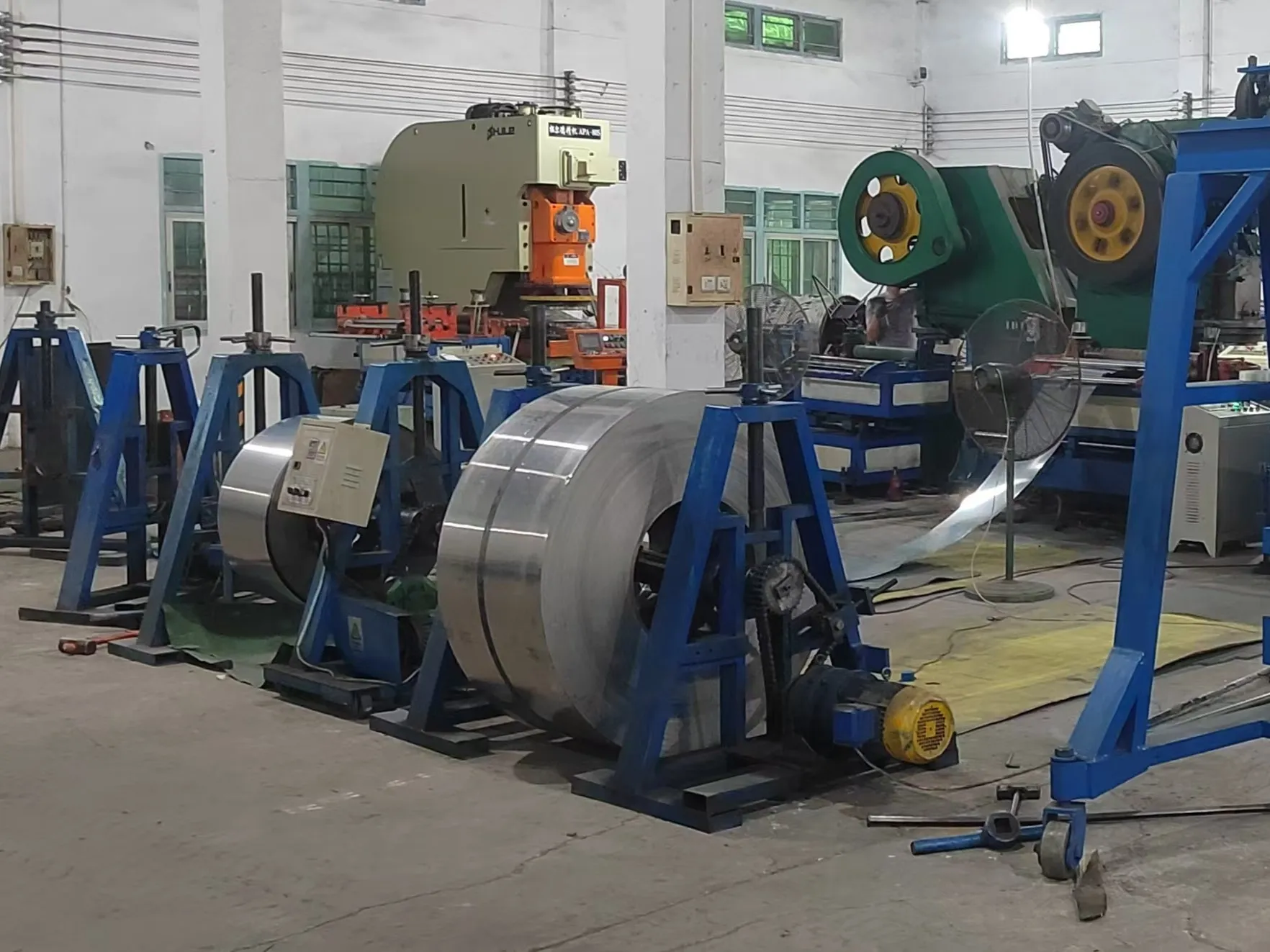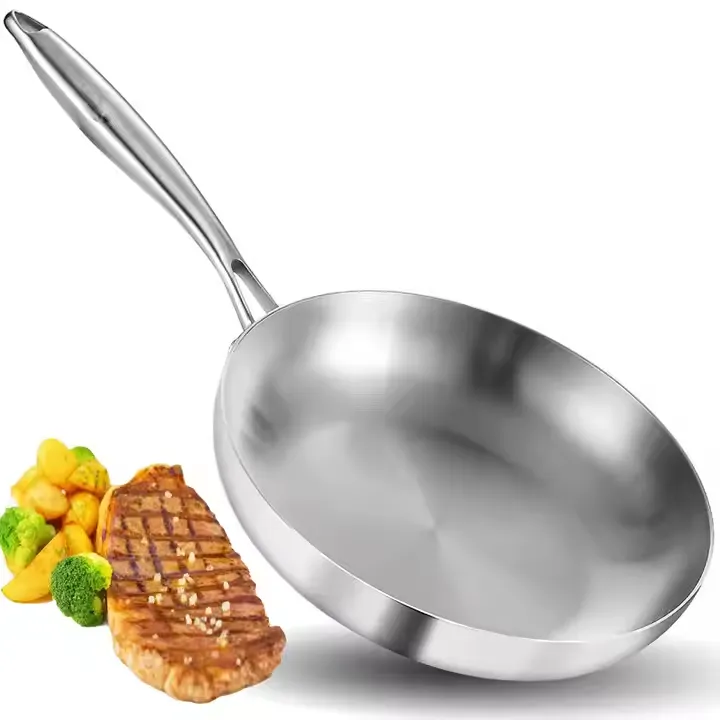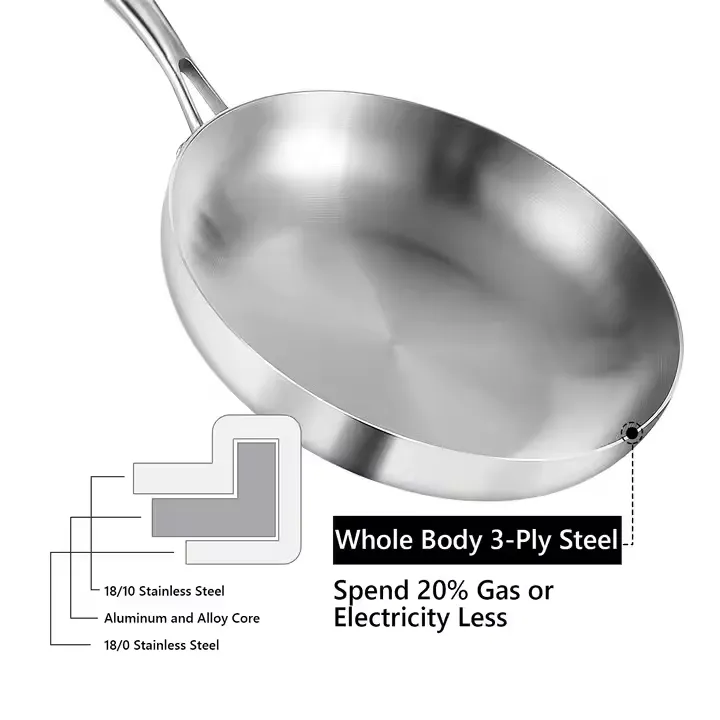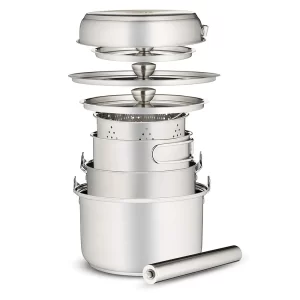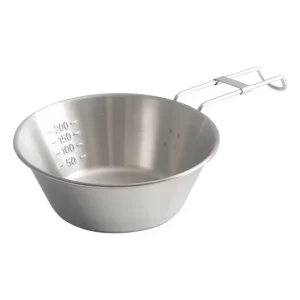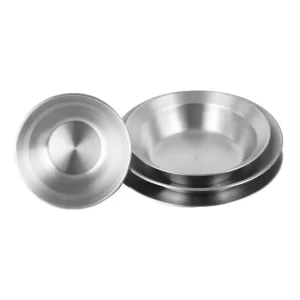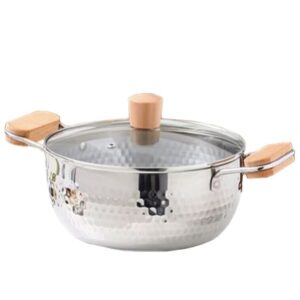Когда дело доходит до Выбор посуды из нержавеющей сталиОбычно есть два варианта действий: нержавеющая сталь 201 и нержавеющая сталь 304. В чем же разница между ними? Как мне выбрать? Ниже, Chancescook Вы сможете лучше понять, чем отличаются эти два вида нержавеющей стали, а также их плюсы и минусы.
Мы специализируемся на производитель посуды из нержавеющей сталиМы стремимся поставлять нашим клиентам посуду самого высокого качества, и все мы стремимся удовлетворить потребности наших разнообразных клиентов. Далее давайте рассмотрим различия между нержавеющей сталью 201 и нержавеющей сталью 304.
Оглавление
ToggleНержавеющая сталь 201: Экономически эффективная альтернатива
Нержавеющая сталь 201 характеризуется тем, что содержит меньше никеля, замененного марганцем. Благодаря меньшему количеству никеля она обычно стоит дешевле нержавеющей стали 304 и, следовательно, может вписаться в ограниченный бюджет.
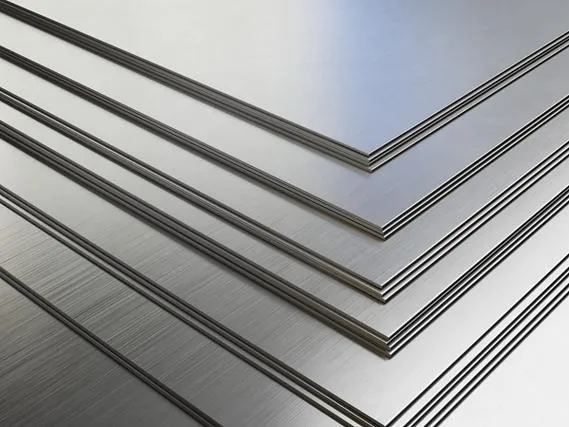
Преимущества:
- ДоступныйНизкая цена: нержавеющая сталь 201 обычно используется в посуде и утвари и относится к эконом-классу.
- ПрочностьНержавеющая сталь марки 201 достаточно хороша для ежедневных кухонных работ, но стоит немного дешевле остальных.
Недостатки:
- Меньшая устойчивость к коррозииНержавеющая сталь 201 ржавеет во влажных погодных условиях, а 304 - нет. Более высокая эксплуатационная надежность - не ржавеет.
- Меньшая прочностьНержавеющая сталь 201 может быть немного слабее, чем 304, при нагревании и длительном приготовлении пищи; она также может подвергаться воздействию влаги.
Нержавеющая сталь 304: Высокое качество и долговечность
Иногда называемая нержавеющей сталью 18/8, нержавеющая сталь 304 содержит 18% хрома и 8% никеля и обычно считается стандартом или эталоном для нержавеющей стали.
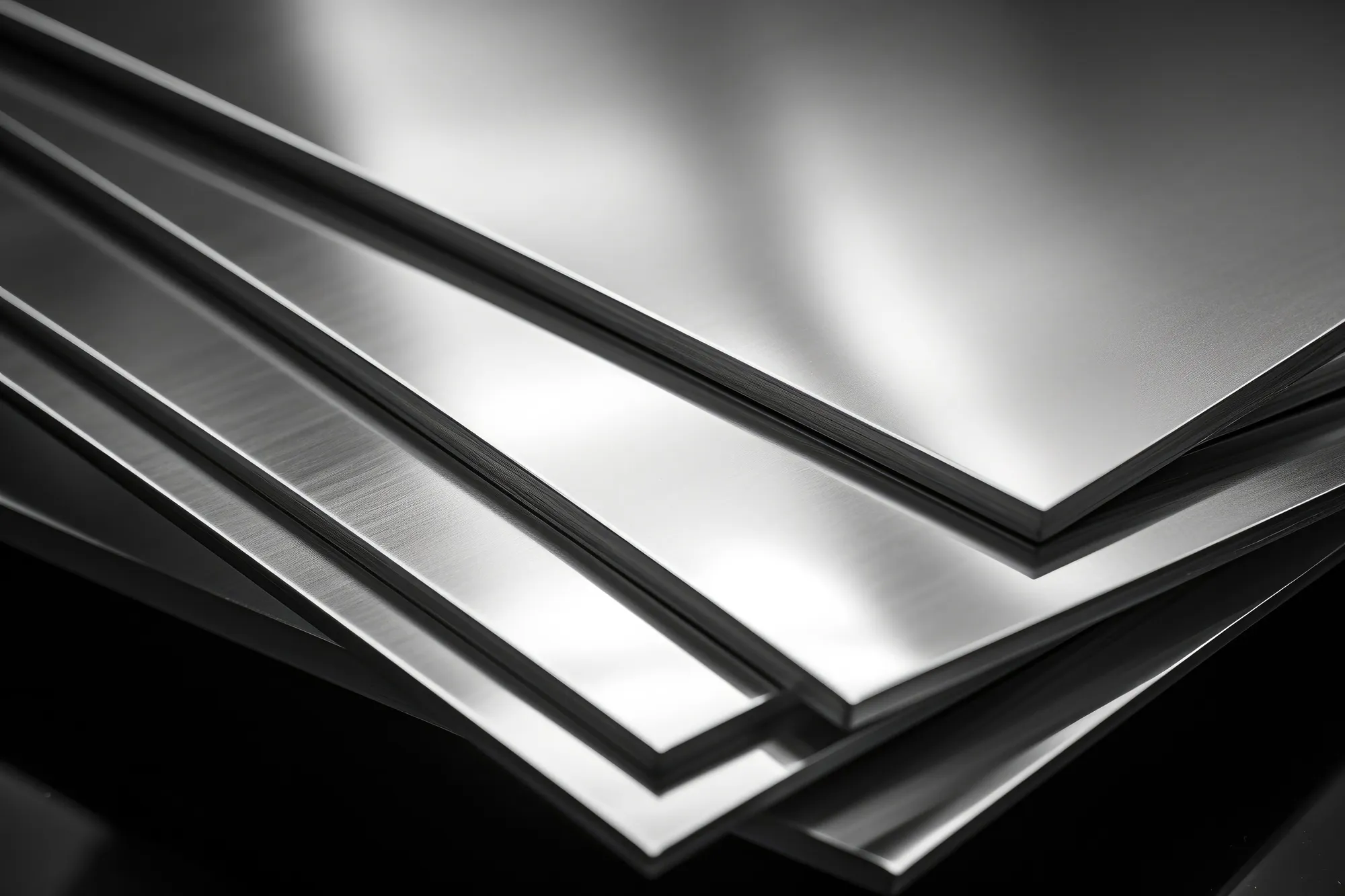
Преимущества:
Отличная коррозионная стойкость обусловлена высоким содержанием никеля, который делает нержавеющую сталь 304 чрезвычайно устойчивой к ржавчине. Таким образом, она больше подходит для посуды, которая непосредственно контактирует с водой и пищей. Высокая прочность: Она может выдерживать более высокие температуры и использоваться чаще без особого ухода.
Она безопаснее для контакта с пищей, поэтому в качественной посуде и столовых приборах используется нержавеющая сталь 304, которая не ржавеет и не выделяет вредных веществ.
Недостатки:
Более высокая цена: поскольку нержавеющая сталь 304 содержит больше Ni, поэтому она более дорогая; стоимость производства выше, чем у нержавеющей стали 201.
Как выбрать?
В таком случае, если вы используете посуду, которая должны быть прочными, устойчивыми к ржавчине или коррозииНержавеющая сталь 304 идеально подходит.
Если человек находится на ограниченный бюджет и использует такую посуду лишь изредкаТогда эта нержавеющая сталь 201 является более экономичным выбором.
Мы продаем множество различных изделий, изготовленных из нескольких видов нержавеющей стали, от 201 до 304, в ШанскукеПоэтому мы всегда можем удовлетворить требования заказчика.
Если вы не уверены, что именно подойдет для вашей кухни, мы советуем вам обратитесь за консультацией к нашей команде экспертов на лучшая посуда для приготовления пищи из нержавеющей стали в соответствии с вашими потребностями.
Заключение
Выберете ли вы нержавеющую сталь 201 или нержавеющую сталь 304, полностью зависит от вашего бюджета и сценария использования оборудования, а также от того, насколько прочный материал вам нужен. Надеюсь, этот блог помог вам понять, чем именно отличаются эти два вида нержавеющей стали, и тем самым помог сделать правильный выбор.

